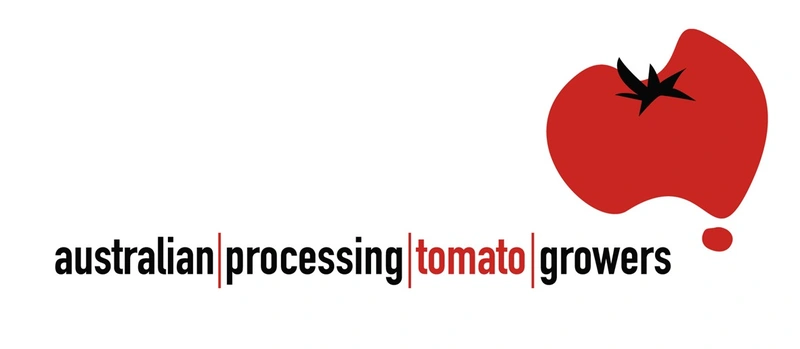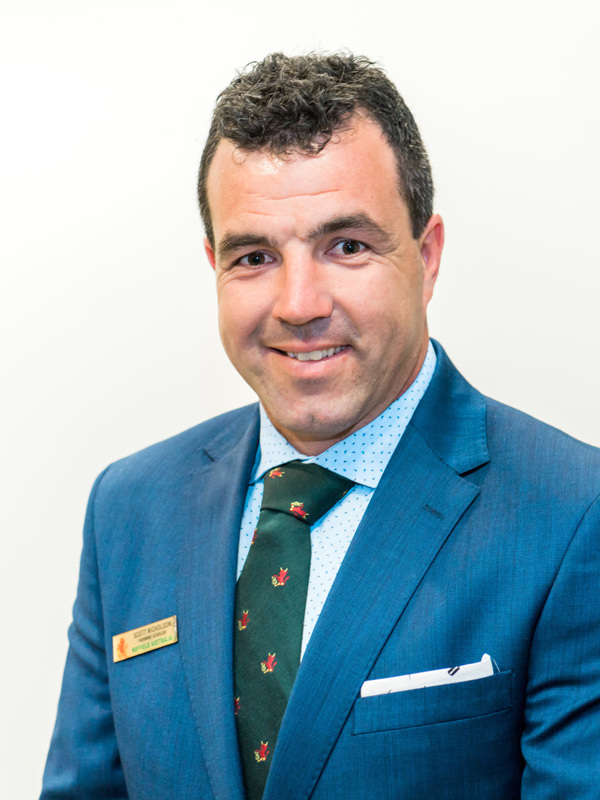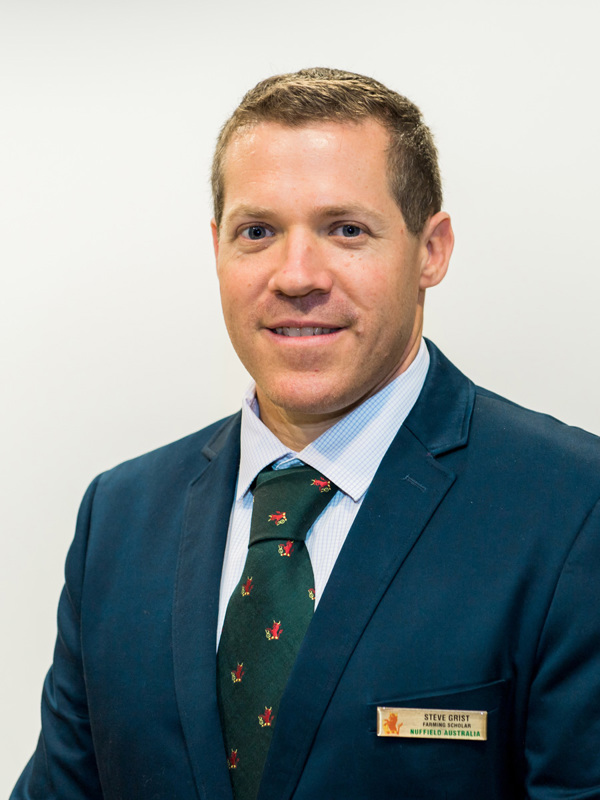
Andre Henry

Nuffield Australia 2018 Scholar
Waste not: boosting the value of processing tomatoes with by-products
Facing rising production costs and market challenges, the Australian processing tomato industry needs to identify new uses for waste streams to generate greater value and profitability from current production. That’s a key observation from 2018 Scholar and Victorian processing tomato producer, Andre Henry. With support from Australian Processing Tomato Growers and the inaugural Nuffield Alumni Scholarship, entitled the “Max Jelbart Scholarship”, Mr Henry travelled across the United Kingdom, the Netherlands, Germany, Austria, and the United States, investigating potential ways for the Australian processing tomato industries to make better use of waste tomato vine.
“Tomato vine is an abundant resource, but it has a low calorific energy which reduces its value as a thermal energy source for power generation. This led me to investigate whether the vines could be used in a different way, such as supplementing the fossil-fuel intensive process used to manufacture nitrogen fertilisers,” Mr Henry said.
Mr Henry visited Proton Ventures, an independent engineering firm and multi-ammonia-plant pioneer in Rotterdam in the Netherlands, where he explored the relatively new concept of distributed or localised ammonia production.
“Historically, ammonia production plants have been large scale. Recently, improvements in technology have allowed for the size of plants to be greatly reduced without impacting process efficiency. To synthesise ammonia, Proton Ventures has developed an ‘Nfuel’ system that operates using hydrogen produced through electrolysis of water, or steam methane from natural gas. This technology offers a way to translate energy into a valuable and transportable commodity which may be applicable and economically viable in Australia.By using tomato vine as an energy resource in the production of ammonia, Australian growers could create a source of revenue that’s not linked to primary production or crop yield – producing a relatively high value product from a low value waste stream.”
Visiting a family farming operation in Iowa, USA, Mr Henry observed that developing and adopting technologies that use ammonia is possible on both a grower and industry scale.
“The family had modified a tractor to use solar power to generate hydrogen through electrolysis, which was then used to fuel the tractor. Originally an ammonia tank was used as a backup to the hydrogen fuel, before they recognised its potential as an energy source and fertiliser. Although only a pilot system, the ammonia was able to meet the fertiliser and tractor fuel needs for crop rotation across approximately 12 hectares".
Mr Andre’s report outlines the potential for waste streams to be converted into valuable commodities, with the potential to reduce environmental impact, production costs and drive income back to growers.
“Imported processed tomato products have increased their market share from 40 percent to almost 70 percent in the last decade. This is creating a pricing challenge and means we need to be more productive and profitable. Using tomato vine as a by-product for ammonia production may offer an opportunity for producers to create a new revenue stream and derive value from their entire crops.”
Mr Henry said further evaluation was required to assess the commercial suitability of adopting distributed ammonia production in Australia, but that it presented an opportunity for industry to mitigate the impact of rising energy costs and be a leader in reducing carbon emissions in the agricultural sector.
Investor Information:
Australian Processing Tomato Growers and the inaugural Nuffield Alumni Scholarship, entitled the "Max Jelbart Scholarship"






















